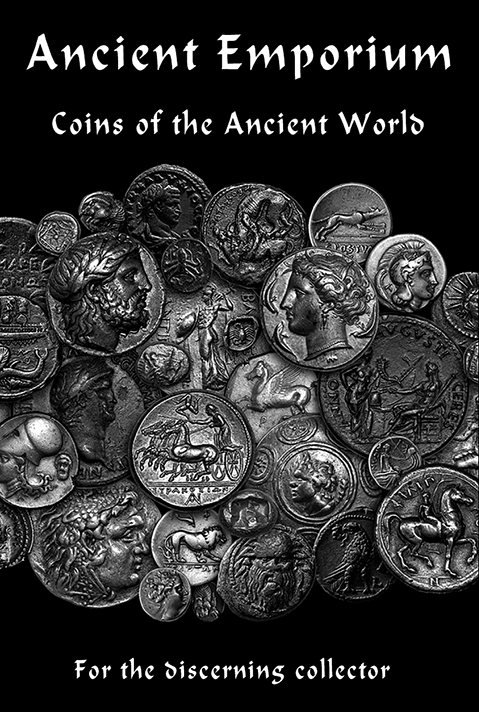This Content Is Only For Subscribers
Remnants of the ancient Greek city of Cyrene, which had been hidden for centuries, have come to light in Libya. Recent devastating floods that struck the country, resulting in the deaths of thousands of people, led to the revelation of previously unknown sections of the important archaeological site listed in UNESCO’s World Heritage Monuments.
Libyan authorities, who arrived in the area to assess the flood damage and salvage what could be saved, were suddenly confronted with a major discovery. Emerging from the lower layers of the earth were new archaeological monuments directly related to Cyrene’s rich history, which now require thorough archaeological investigation.

Dr. Ahmed Issa from the Department of Archaeology at Omar Al-Mukhtar University stated that it is essential to establish a national committee of experts to classify the new archaeological monuments and develop a plan for the restoration of the area.
Fortunately, the floods did not cause significant damage to the main monuments of the archaeological site, which have managed to survive over the centuries despite wars and occasional attacks by Islamists. However, the accumulation of a large amount of water in the area threatens the foundations of these monuments and will require organized and targeted interventions to protect them.

Cyrene was the centre of Hellenism in North Africa. The Greek colony was founded in 630 BC by residents of Thera and took its name from the spring Kyre, dedicated to the god Apollo. Its rapid and impressive development turned it into a major trading hub.
After 460 BC, it became a democracy, and after the death of Alexander the Great, it became part of the Ptolemaic dynasty. From 74 BC, it became a Roman province.

The gradual decline of the city as a trading center, facing competition from Carthage and Alexandria, coupled with the catastrophic destruction of its main port by a major earthquake in 262 BC, led to its ultimate downfall and its conquest by the Arabs.
Cyrene had a particular connection to philosophy, as in the 3rd century BC, the Cyrenaic School of philosophy was founded there by Aristippus, a disciple of Socrates. It was also the birthplace of Eratosthenes, and other philosophers related to Cyrene include Aristippus, Callimachus, Carneades, and Synesius, the Bishop of Ptolemais.
Significant ancient monuments remain in Cyrene today, such as the Temple of Apollo (7th century BC), the Temple of Demeter, and the colossal Temple of Zeus, which was partially destroyed on Muammar Gaddafi’s orders in 1978.
The ruins of the Temple of Hecate and the Dioscuri are also present, along with the ancient cemetery featuring important monuments and funerary columns. Additionally, in proximity to Cyrene, the statue of the emerging Aphrodite was found, an imitation of earlier Hellenistic work, now on display in the Archaeological Museum of Rome.
Source: Reuters & Associated Press [October 05, 2023]



